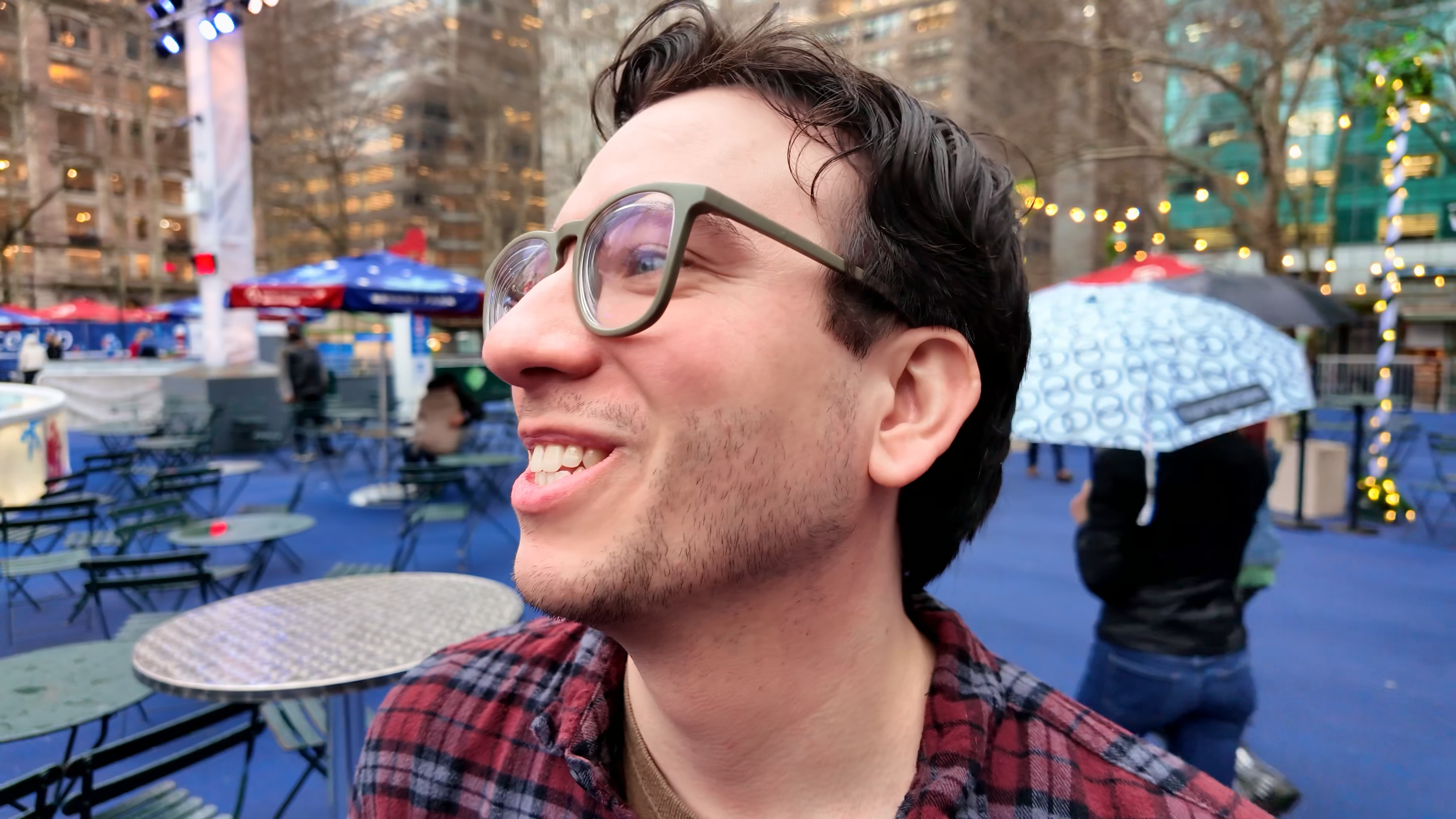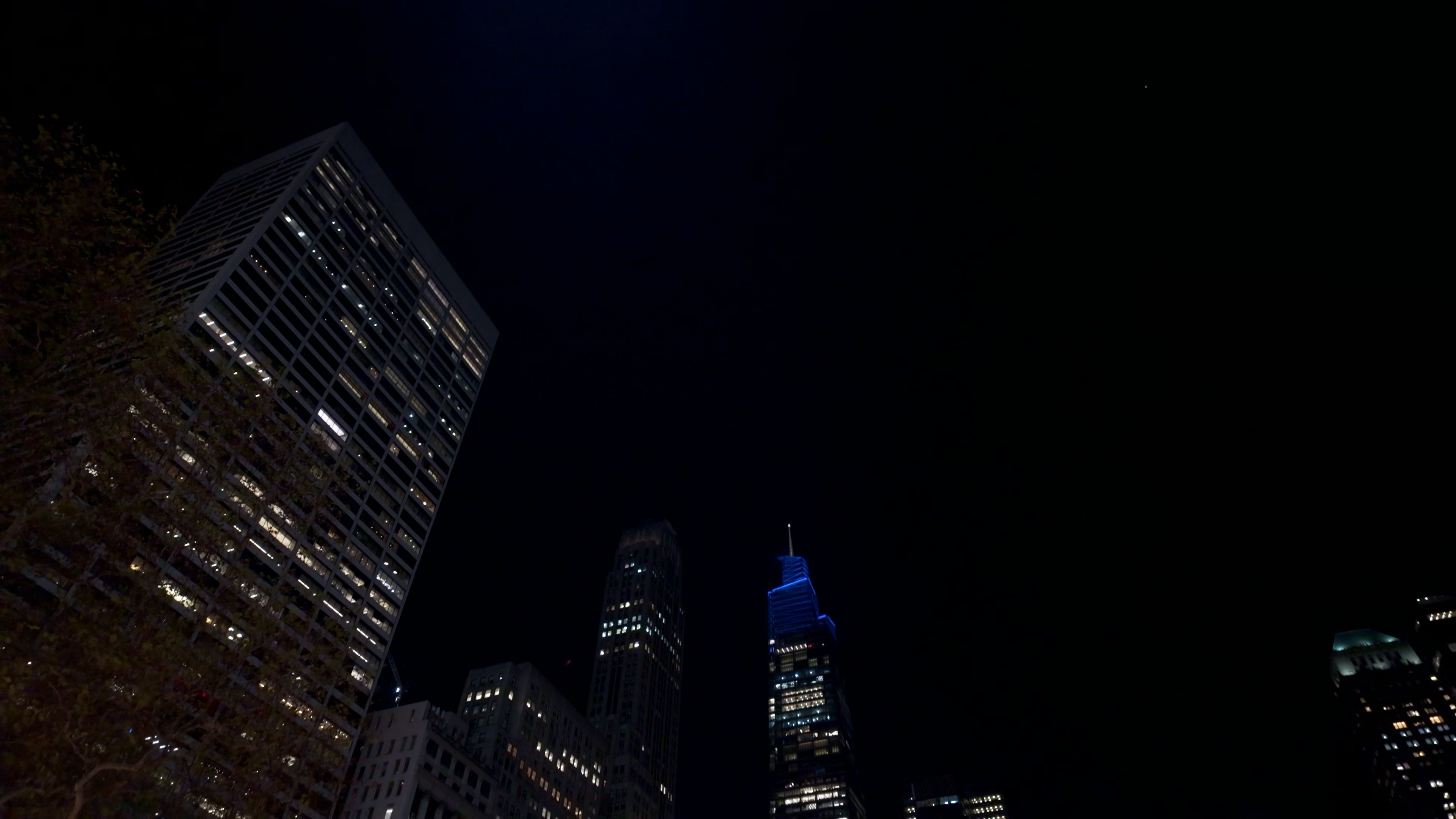
I'm a huge fan of minimizing the camera gear I need to pack for a video shoot. While my Sony a7siii will still have its place in my kit for the next few years, when I don't need the highest-quality camera, I've been gravitating more towards the much smaller, yet very capable DJI Osmo Pocket 3.
The Osmo Pocket 3 is DJI’s third update to the lineup that makes capturing smooth, high quality content easy and fun. It’s marketed as a pocket-sized camera with built-in stabilization that’s great for filming everything from fast moving action, vlogging, or cinematic shots without the need for a traditionally bulky setup like my mirrorless camera and DJI Ronin RS3 gimbal.
In the past, these small all-in-one gimbal cameras have been great for more casual video content, but they’ve been held back by their smaller sensors which struggle in low light or high contrast scenes. That said, DJI really stepped it up and the Osmo Pocket 3 feels like a more professional tool that can either be a really reliable A-Camera, or more easily be used alongside your other mirrorless cameras. But is it worth your money?
It devilers some big performance upgrades, though it comes at the expense of increased size and a much higher starting price. See my reasons for whether you should buy or skip the Pocket 3 below:
Reasons to buy
Larger 1” CMOS Sensor
The first reason I think you should buy the DJI Osmo Pocket 3 is because of its larger 1-inch CMOS sensor, which is a big deal. Compared to 2020’s Pocket 2’s 1/1.7-inch CMOS sensor, the Pocket 3 is able to capture better video and photos, especially in low light where its predecessor and most of its competition continue to struggle.

Aside from the increased brightness and detail and lower noise, the Pocket 3 can now change its focus point allowing you to get that nice blurry background depth of field look that you’d expect from higher end cameras. Whereas the previous Osmos’ video quality were on par with smartphones, the Pocket 3 is now more comparable to a small point and shoot, but of course with the added benefit of a built-in gimbal with powerful subject tracking.

Higher frame rates & support for picture profiles
The next reason you should buy the DJI Osmo Pocket 3 is its support for higher frame rates and more professional picture profiles. You can now shoot crisp slow motion in 4k 120fps while the Pocket 2 maxes out at 4k 60fps.

For a lot of creators, though, the other big advantage here comes with the D-LOG or HLG that allows for increased dynamic range and more flexibility in post-color editing. If you don’t mind the extra effort, this helps you really dial in your look.

Battery life & faster charging speeds
A final reason you should buy the Pocket 3, and something everyone can appreciate, is its longer battery life and super fast charging speeds. It has a larger 1300mAh battery that can easily get you 2-2.5 hours on a single charge depending on what mode you’re filming in. I manage to get a full day of use when shooting a mix of shorter clips and a few 1-2 minute longer ones at 4k 24fps and some 4k 120fps. It also now supports fast charging to 80% in just 16 minutes and 100% in 32 minutes. If you don’t mind splurging even more you can extend run time by about 60% with its optional battery handle.
Reasons to skip
It's expensive now
The first reason you may want to skip on the DJI Osmo Pocket 3 is because it’s relatively expensive now. Considering that you can buy a renewed Pocket 2 Creator Combo for half the price at $259, which comes with the battery grip, a wireless mic and a bunch of other handy accessories, you may second guess if the newer model is worth that extra cash.
You’ll have to cough up $669.00 to get the Pocket 3’s Creator Combo, which is putting it into a very premium category and no longer the easy affordable pick it once was. For more casual users, you can probably stick with the Pocket 2 and not miss out on much.
Not as portable or easy to use
I also think the Osmo Pocket 3 isn’t necessarily the right choice for someone looking for a camera that prioritizes portability and simplicity. Don’t get me wrong, the Pocket 3 is still very much both of those, but it is worth mentioning that it sees a noticeable size increase and is now about 60g heavier than its predecessor. With its larger sensor, more usable rotatable screen, and bigger battery, I think this is well worth the tradeoff, but a lot of people won’t.
Tied in with this, as great as D-Log and HLG picture profiles are, to make the most of them, they need more time to color grade in order to “look right”. Personally, this is one of my favorite parts of the edit, but for those who just want something that looks good out of camera, the advantages with the Pocket 3 are less realized when just sticking with the Standard preset.

You don't really need an "all-in-one" camera
Finally, if you’re someone who is either after more of a point and shoot or a dedicated action camera, the DJI Osmo Pocket 3 and similar all-in-one cameras may not be the best choice. A point and shoot will usually have the advantage of true optical zoom and higher pixels for better still images.
Similarly, as great as the stabilization offered by its gimbal, for intense action, an “action” camera like the Osmo Action will be the way to go. Aside from their increased ruggedness and waterproof rating, they offer far more mounting options without worrying about the camera falling off. The Osmo Action 4 may not be as impressive in low light, but it has incredible stabilization and even has the same 10-bit D-Log M, but with the added benefit of a wider field of view if that’s what you’re after.
Buy or skip?
For $519, I would buy DJI Osmo Pocket 3. The improved picture quality with better low light performance and increased dynamic range, combined with its support for creating a more “pro” image, not to mention its longer battery life, faster charging speeds, and its larger rotatable screen are all worth the premium asking price compared to its predecessor.
That said, as great as it is, I would only recommend going for the more expensive $669 creator combo if you know for sure that you’ll use the included wireless Mic 2 and Battery Grip. While the Pocket 3 is no longer the simple recommendation I used to make to anyone looking for an affordable, fun, and capable video camera, the 3 offers so much more now.
With its super deep discounts, the Pocket 2 is more appealing than ever, but if you see yourself needing a combo gimbal/camera with some of the best video quality you can get in this form factor, the Pocket 3 is hard to beat.







